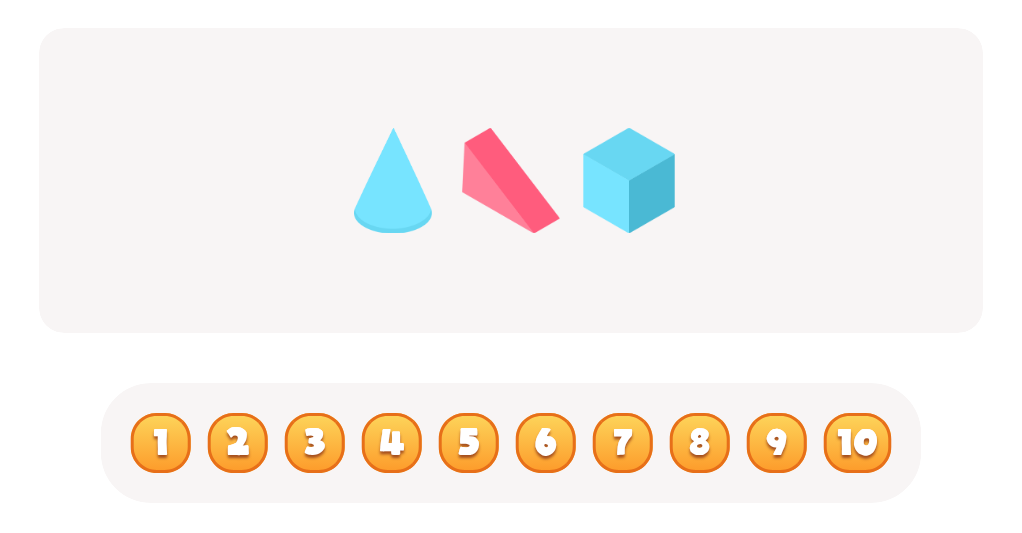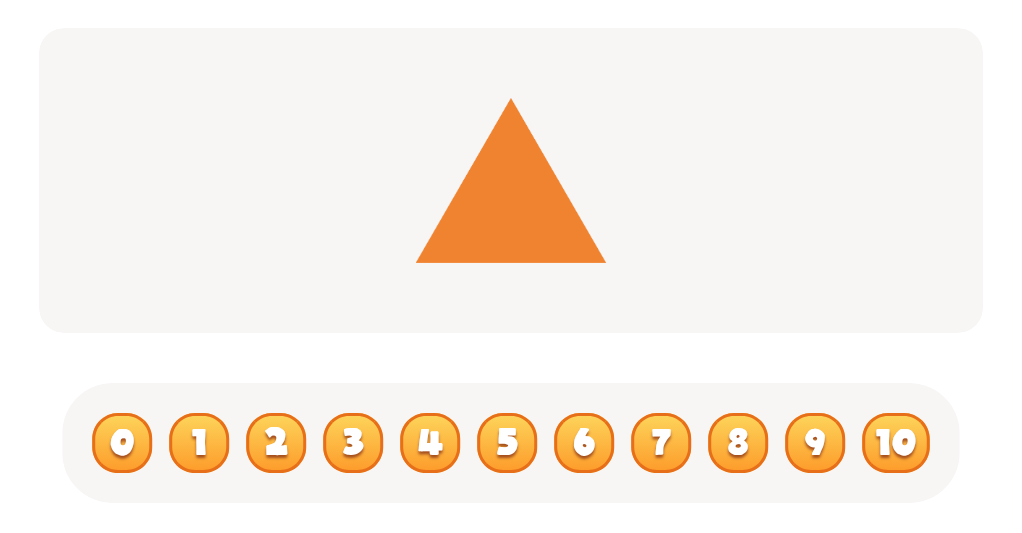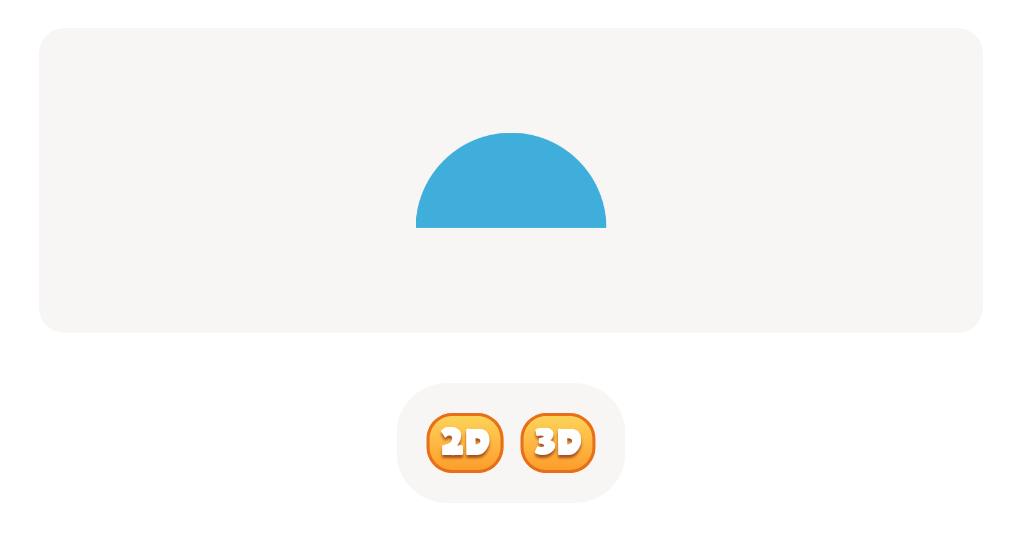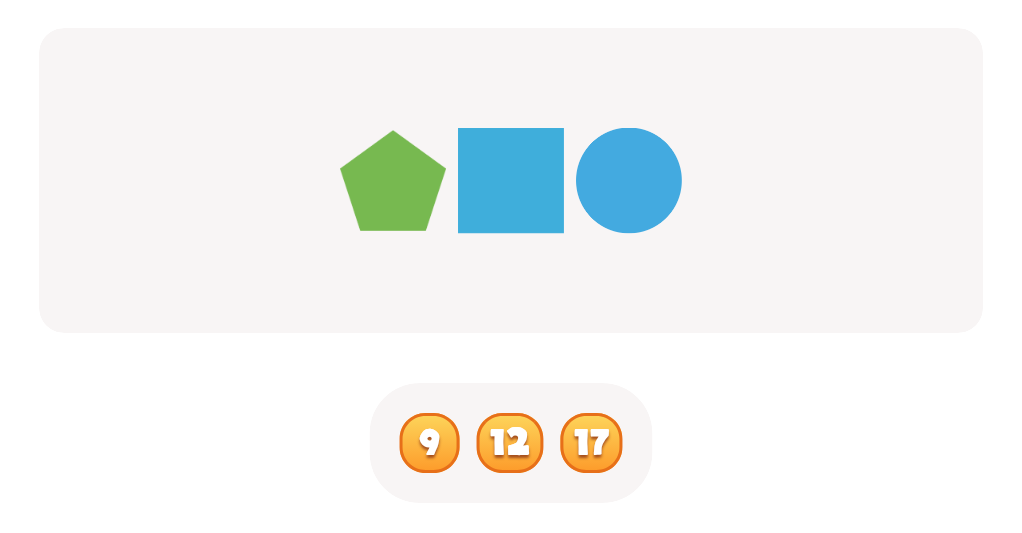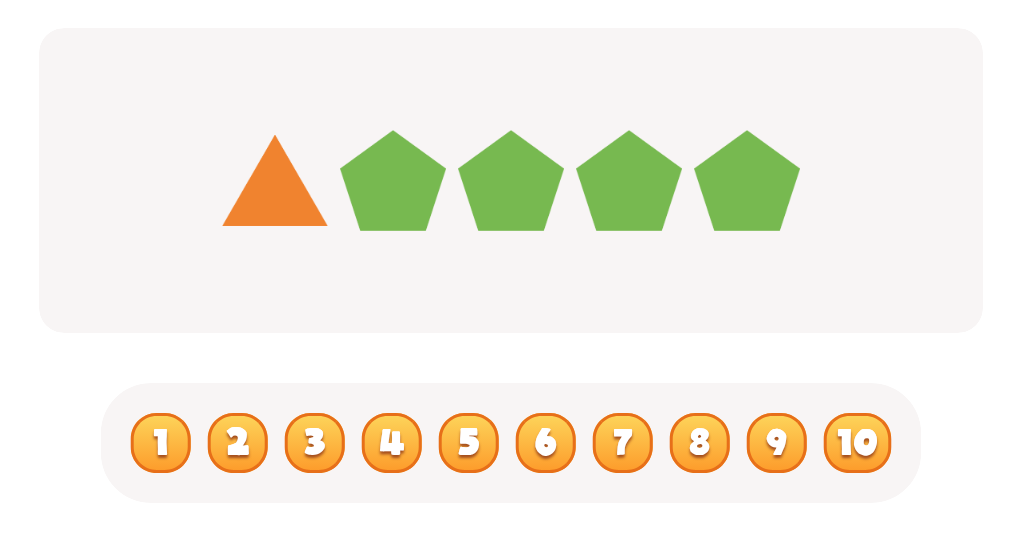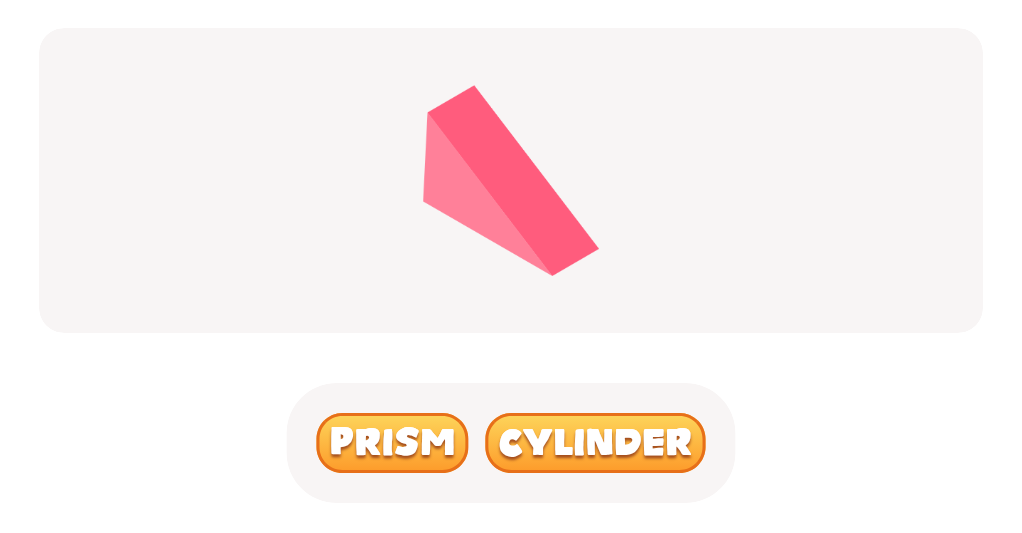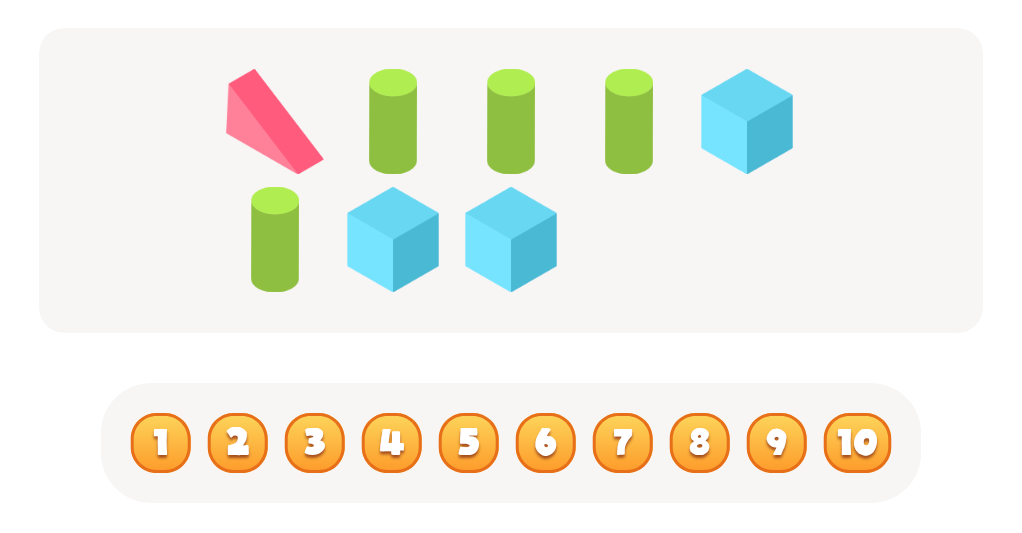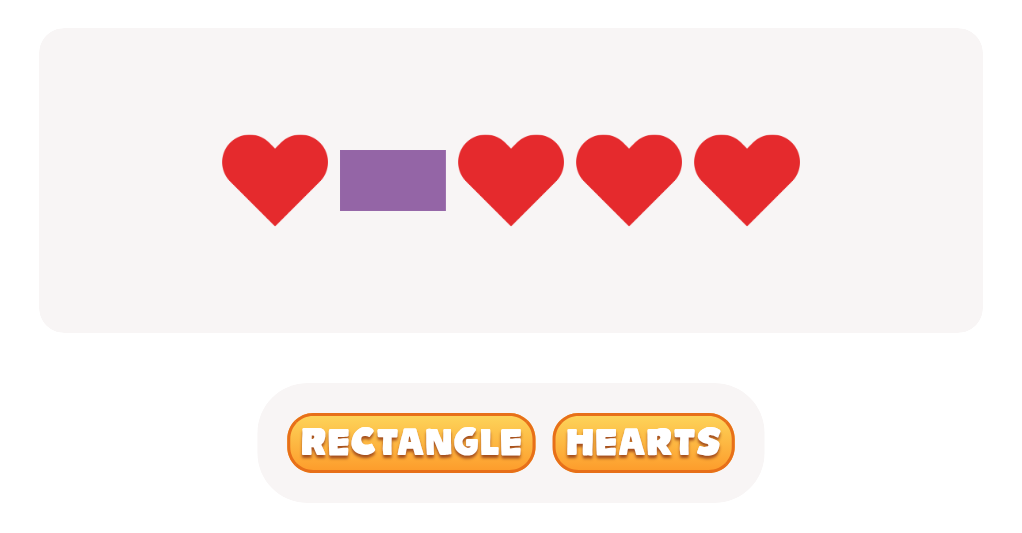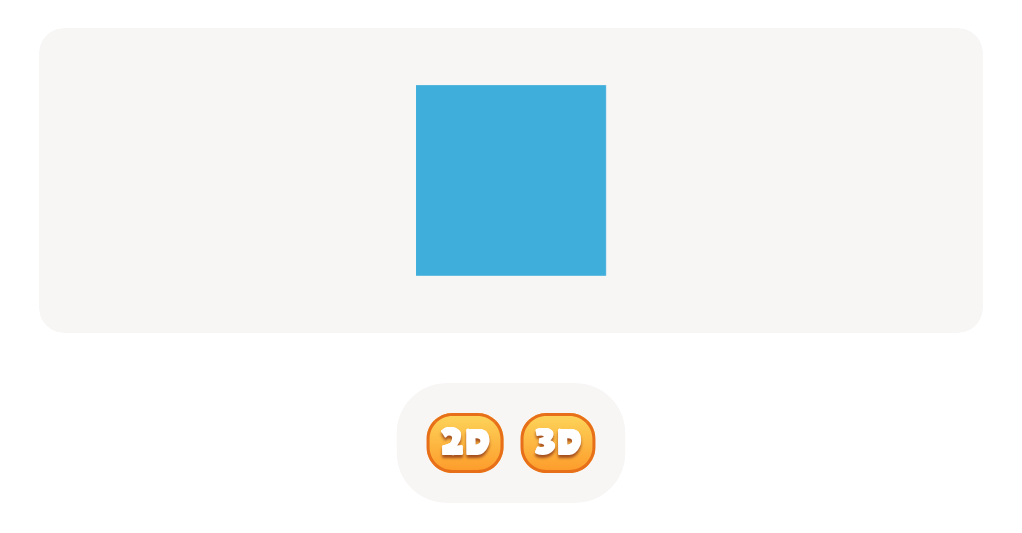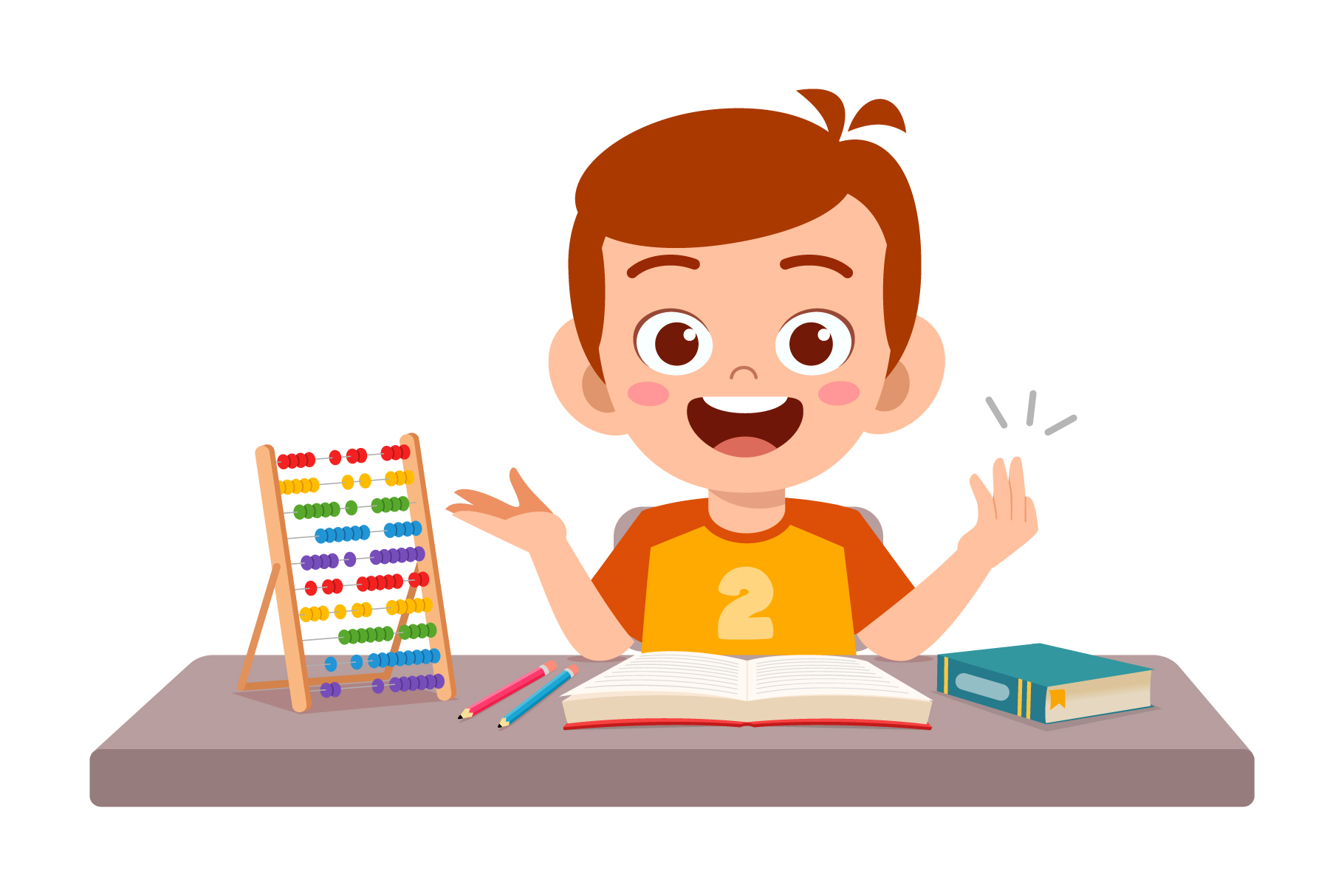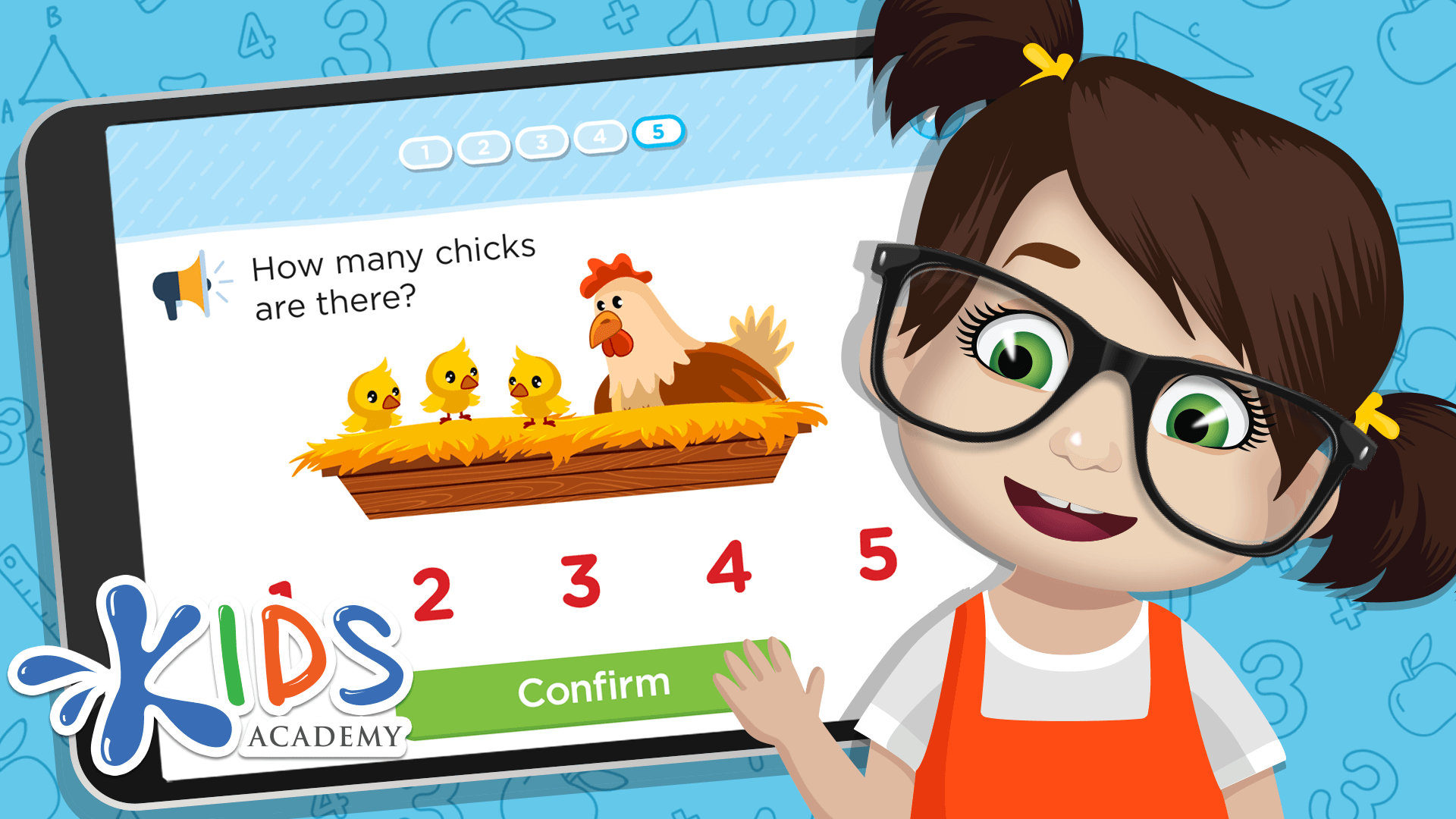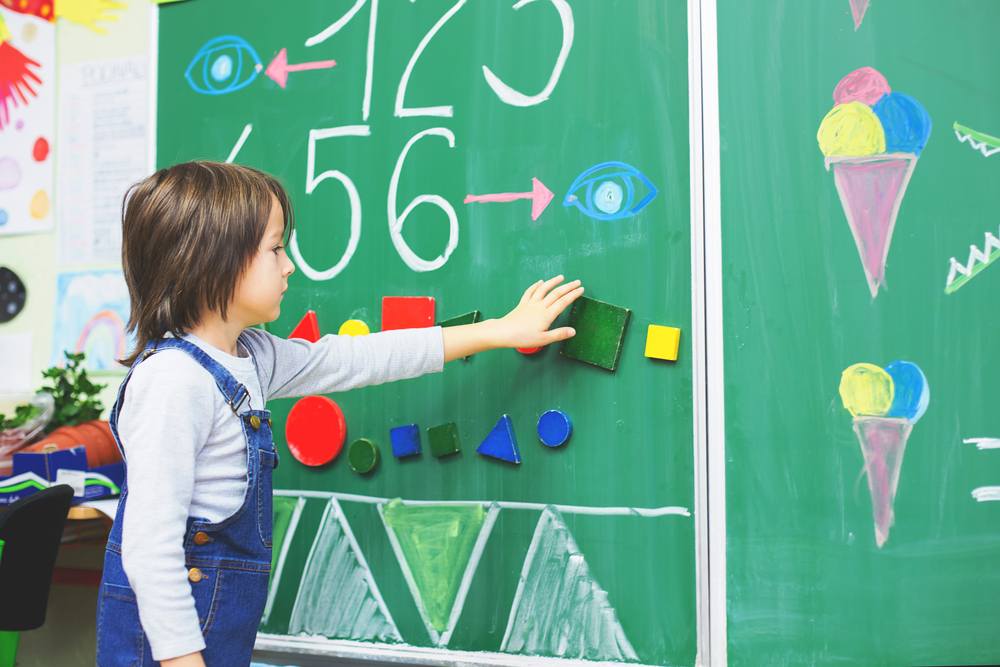Recognizing shapes Geometry Worksheets for Ages 3-9
6 filtered results
-
From - To
Unlock a world of fun and learning with our "Recognizing Shapes Geometry Worksheets" designed for children ages 3-9! These engaging worksheets help young learners effortlessly identify and distinguish between various shapes. Tailored to different skill levels, our exercises include colorful visuals and hands-on activities that foster critical thinking and spatial awareness. Ideal for at-home practice or classroom use, our printable worksheets motivate kids to explore geometry in an enjoyable and interactive way. Enhance your child's mathematical foundation with Kids Academy's expertly crafted resources and watch them succeed while having fun! Download today and shape your child's future.
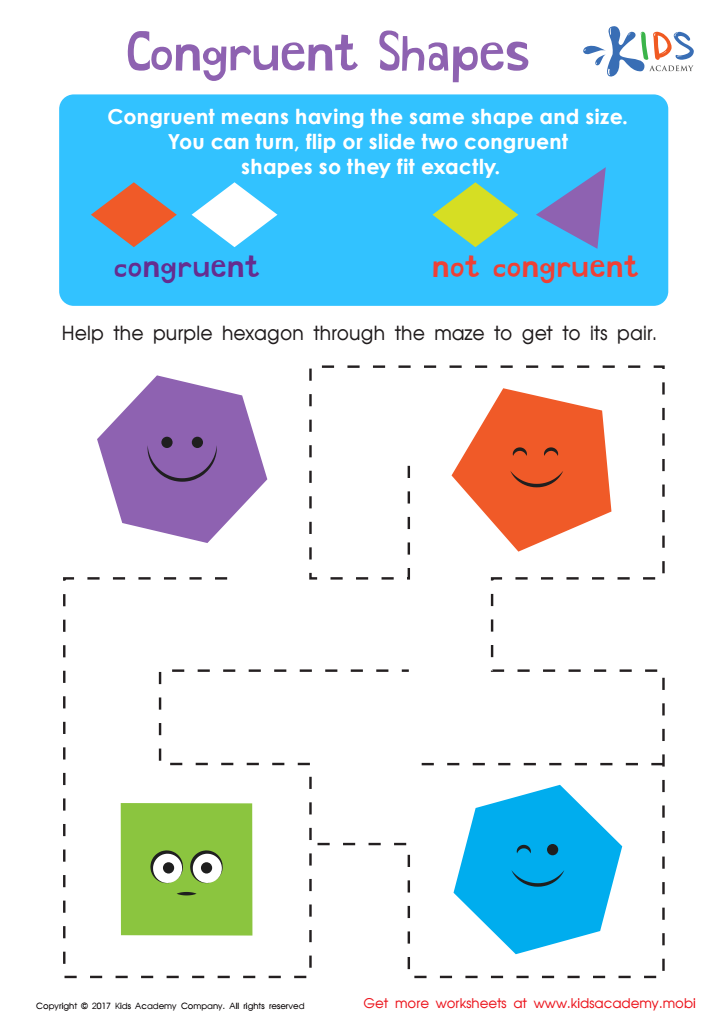

Congruent Shapes Worksheet


Lines of Symmetry Printable
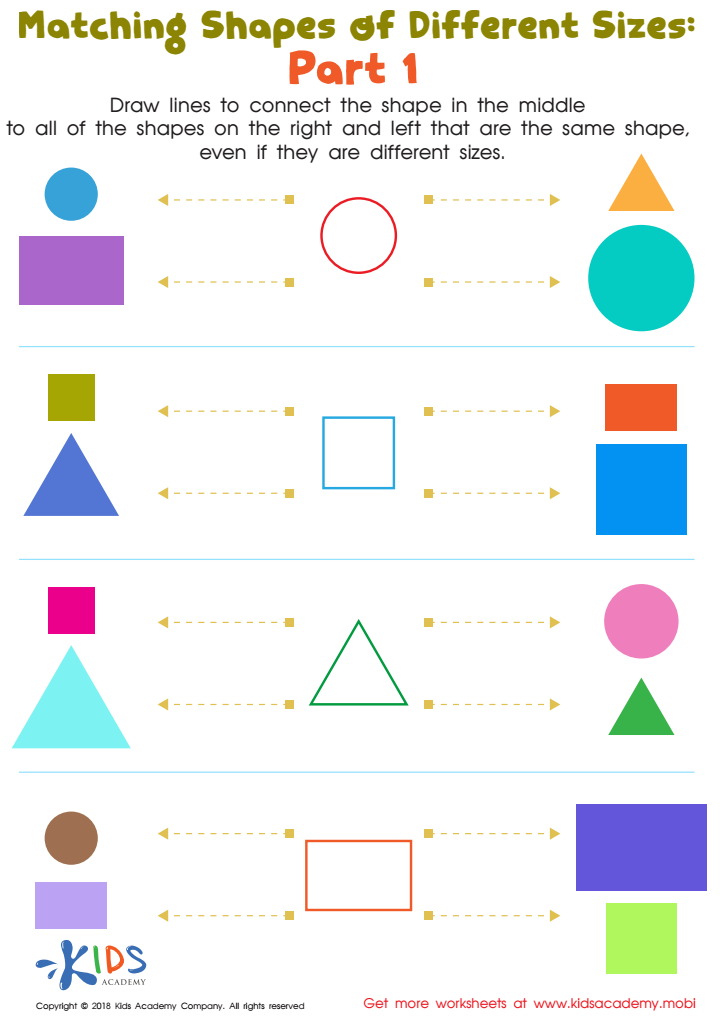

Geometry: part 1 Worksheet
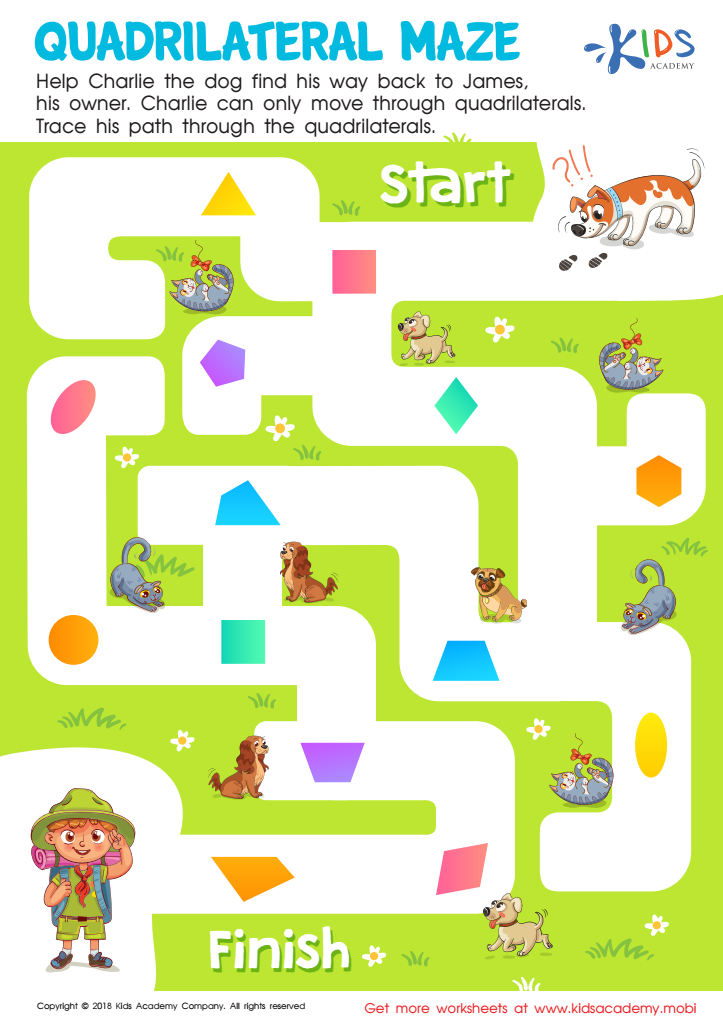

Quadrilateral Maze Worksheet
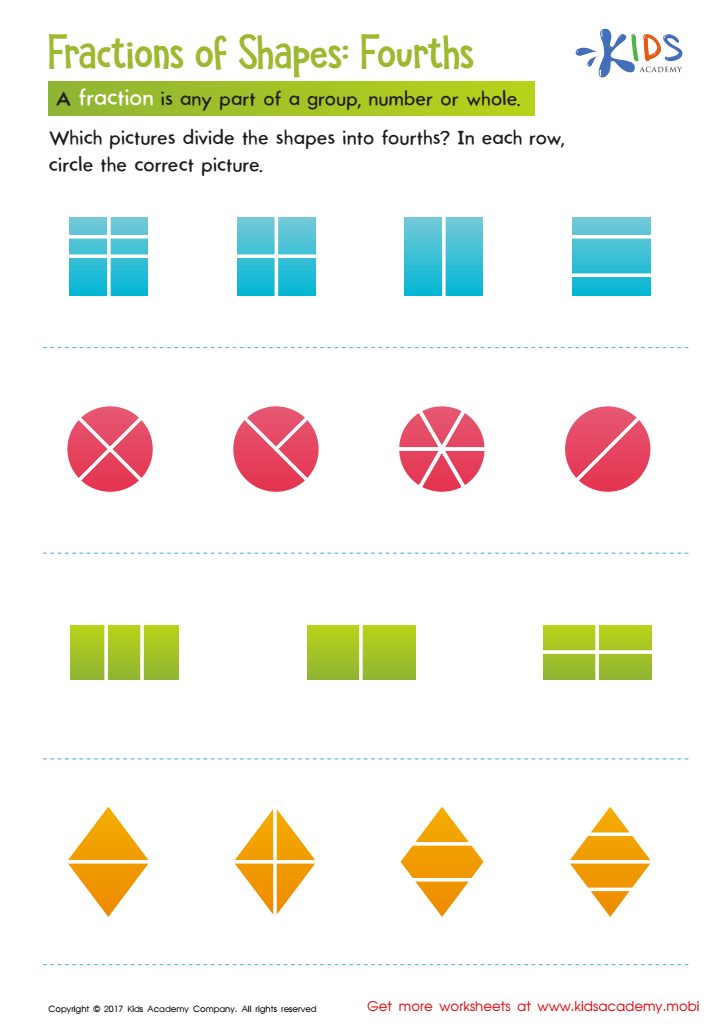

Fractions of Shapes Worksheet
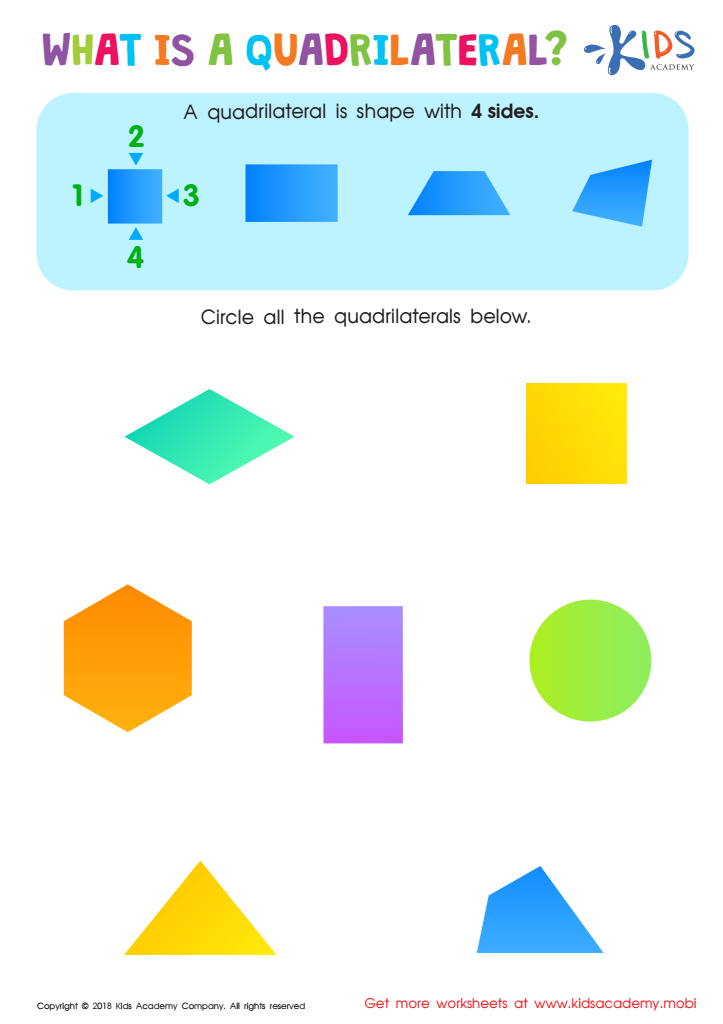

What Is a Quadrilateral? Worksheet
Recognizing shapes and basic geometry are foundational skills that significantly impact a child's cognitive and mathematical development. For ages 3-9, these skills are integral because they lay the groundwork for higher learning and everyday functioning. Understanding shapes helps children differentiate various objects, aiding in spatial awareness and hand-eye coordination. Identifying shapes enhances their problem-solving skills by allowing them to visualize and manipulate patterns in both two- and three-dimensional contexts, which is a critical aspect of critical thinking.
Early exposure to shapes and geometry fosters a child’s ability to recognize patterns, a core component of math, and logic. This familiarity can simplify more complex mathematics concepts as they progress through their education. Additionally, geometric skills are practical: they help kids make sense of the world around them, as shapes are the basic building blocks for understanding the structure and design of their physical environment.
Moreover, recognizing shapes can bridge connections between visual and verbal cognitive abilities. Describing what they see, for example, enhances their language and communication skills. Parents and teachers focusing on geometry in early education provide a solid foundation for lifelong learning, helping children succeed academically and in everyday situations. This multifaceted growth makes recognizing shapes and geometry critically important during these early developmental years.
 Assign to My Students
Assign to My Students
